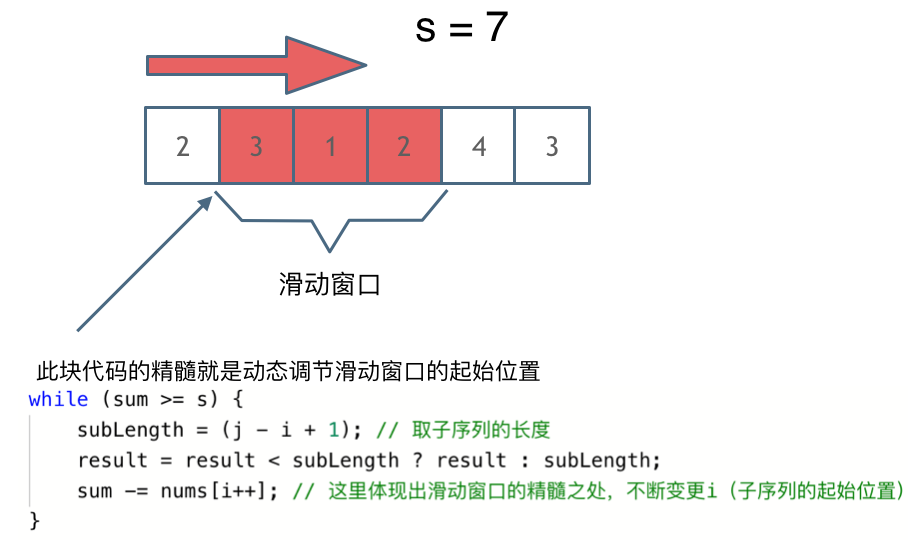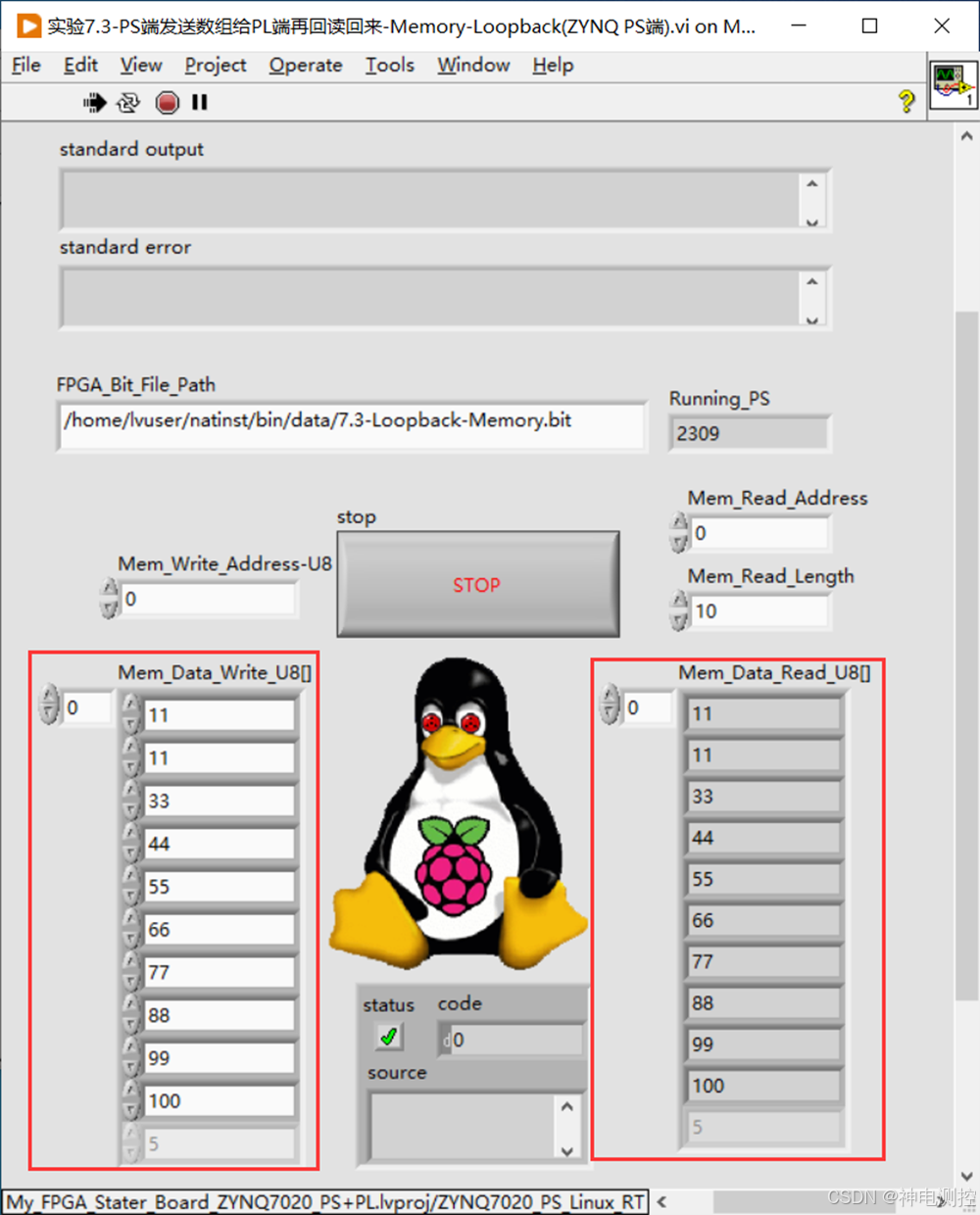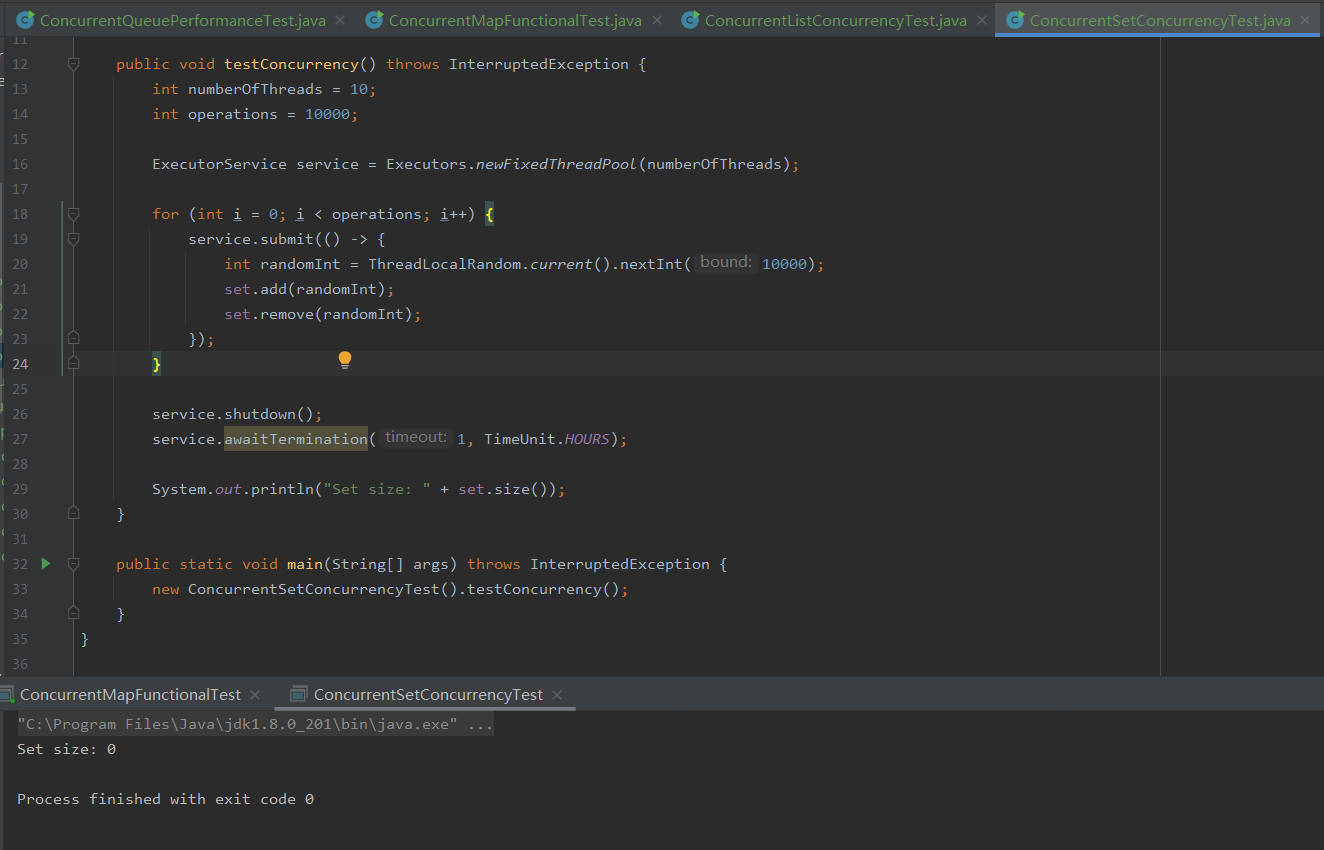1. input子系统介绍

input 子系统分为 input 驱动层、input 核心层、input 事件处理层,最终给用户空间提供可访问的设备节点。
- 驱动层:输入设备的具体驱动程序,比如按键驱动程序,向内核层报告输入内容
- 核心层:承上启下,为驱动层提供输入设备注册和操作接口。通知事件层对输入事件进行处理。
- 事件层:主要和用户空间进行交互。
2. 重要结构体
2.1 struct input_dev
/**
* struct input_dev - represents an input device
* @name: name of the device
* @phys: physical path to the device in the system hierarchy
* @uniq: unique identification code for the device (if device has it)
* @id: id of the device (struct input_id)
* @propbit: bitmap of device properties and quirks
* @evbit: bitmap of types of events supported by the device (EV_KEY,
* EV_REL, etc.)
* @keybit: bitmap of keys/buttons this device has
* @relbit: bitmap of relative axes for the device
* @absbit: bitmap of absolute axes for the device
* @mscbit: bitmap of miscellaneous events supported by the device
* @ledbit: bitmap of leds present on the device
* @sndbit: bitmap of sound effects supported by the device
* @ffbit: bitmap of force feedback effects supported by the device
* @swbit: bitmap of switches present on the device
* @hint_events_per_packet: average number of events generated by the
* device in a packet (between EV_SYN/SYN_REPORT events). Used by
* event handlers to estimate size of the buffer needed to hold
* events.
* @keycodemax: size of keycode table
* @keycodesize: size of elements in keycode table
* @keycode: map of scancodes to keycodes for this device
* @getkeycode: optional legacy method to retrieve current keymap.
* @setkeycode: optional method to alter current keymap, used to implement
* sparse keymaps. If not supplied default mechanism will be used.
* The method is being called while holding event_lock and thus must
* not sleep
* @ff: force feedback structure associated with the device if device
* supports force feedback effects
* @repeat_key: stores key code of the last key pressed; used to implement
* software autorepeat
* @timer: timer for software autorepeat
* @rep: current values for autorepeat parameters (delay, rate)
* @mt: pointer to multitouch state
* @absinfo: array of &struct input_absinfo elements holding information
* about absolute axes (current value, min, max, flat, fuzz,
* resolution)
* @key: reflects current state of device's keys/buttons
* @led: reflects current state of device's LEDs
* @snd: reflects current state of sound effects
* @sw: reflects current state of device's switches
* @open: this method is called when the very first user calls
* input_open_device(). The driver must prepare the device
* to start generating events (start polling thread,
* request an IRQ, submit URB, etc.)
* @close: this method is called when the very last user calls
* input_close_device().
* @flush: purges the device. Most commonly used to get rid of force
* feedback effects loaded into the device when disconnecting
* from it
* @event: event handler for events sent _to_ the device, like EV_LED
* or EV_SND. The device is expected to carry out the requested
* action (turn on a LED, play sound, etc.) The call is protected
* by @event_lock and must not sleep
* @grab: input handle that currently has the device grabbed (via
* EVIOCGRAB ioctl). When a handle grabs a device it becomes sole
* recipient for all input events coming from the device
* @event_lock: this spinlock is is taken when input core receives
* and processes a new event for the device (in input_event()).
* Code that accesses and/or modifies parameters of a device
* (such as keymap or absmin, absmax, absfuzz, etc.) after device
* has been registered with input core must take this lock.
* @mutex: serializes calls to open(), close() and flush() methods
* @users: stores number of users (input handlers) that opened this
* device. It is used by input_open_device() and input_close_device()
* to make sure that dev->open() is only called when the first
* user opens device and dev->close() is called when the very
* last user closes the device
* @going_away: marks devices that are in a middle of unregistering and
* causes input_open_device*() fail with -ENODEV.
* @dev: driver model's view of this device
* @h_list: list of input handles associated with the device. When
* accessing the list dev->mutex must be held
* @node: used to place the device onto input_dev_list
* @num_vals: number of values queued in the current frame
* @max_vals: maximum number of values queued in a frame
* @vals: array of values queued in the current frame
* @devres_managed: indicates that devices is managed with devres framework
* and needs not be explicitly unregistered or freed.
*/
struct input_dev {
const char *name;
const char *phys;
const char *uniq;
struct input_id id;
unsigned long propbit[BITS_TO_LONGS(INPUT_PROP_CNT)];
unsigned long evbit[BITS_TO_LONGS(EV_CNT)];
unsigned long keybit[BITS_TO_LONGS(KEY_CNT)];
unsigned long relbit[BITS_TO_LONGS(REL_CNT)];
unsigned long absbit[BITS_TO_LONGS(ABS_CNT)];
unsigned long mscbit[BITS_TO_LONGS(MSC_CNT)];
unsigned long ledbit[BITS_TO_LONGS(LED_CNT)];
unsigned long sndbit[BITS_TO_LONGS(SND_CNT)];
unsigned long ffbit[BITS_TO_LONGS(FF_CNT)];
unsigned long swbit[BITS_TO_LONGS(SW_CNT)];
unsigned int hint_events_per_packet;
unsigned int keycodemax;
unsigned int keycodesize;
void *keycode;
int (*setkeycode)(struct input_dev *dev,
const struct input_keymap_entry *ke,
unsigned int *old_keycode);
int (*getkeycode)(struct input_dev *dev,
struct input_keymap_entry *ke);
struct ff_device *ff;
unsigned int repeat_key;
struct timer_list timer;
int rep[REP_CNT];
struct input_mt *mt;
struct input_absinfo *absinfo;
unsigned long key[BITS_TO_LONGS(KEY_CNT)];
unsigned long led[BITS_TO_LONGS(LED_CNT)];
unsigned long snd[BITS_TO_LONGS(SND_CNT)];
unsigned long sw[BITS_TO_LONGS(SW_CNT)];
int (*open)(struct input_dev *dev);
void (*close)(struct input_dev *dev);
int (*flush)(struct input_dev *dev, struct file *file);
int (*event)(struct input_dev *dev, unsigned int type, unsigned int code, int value);
struct input_handle __rcu *grab;
spinlock_t event_lock;
struct mutex mutex;
unsigned int users;
bool going_away;
struct device dev;
struct list_head h_list;
struct list_head node;
unsigned int num_vals;
unsigned int max_vals;
struct input_value *vals;
bool devres_managed;
};- evbit 表示输入事件类型,比如同步事件、按键事件等
#define EV_SYN 0x00 /* 同步事件 */
#define EV_KEY 0x01 /* 按键事件 */
#define EV_REL 0x02 /* 相对坐标事件 */
#define EV_ABS 0x03 /* 绝对坐标事件 */
#define EV_MSC 0x04 /* 杂项(其他)事件 */
#define EV_SW 0x05 /* 开关事件 */
#define EV_LED 0x11 /* LED */
#define EV_SND 0x12 /* sound(声音) */
#define EV_REP 0x14 /* 重复事件 */
#define EV_FF 0x15 /* 压力事件 */
#define EV_PWR 0x16 /* 电源事件 */
#define EV_FF_STATUS 0x17 /* 压力状态事件 */- keybit、relbit 等等都是存放不同事件对应的值,比如keybit支持KEY_1、KEY_2等
#define KEY_RESERVED 0
#define KEY_ESC 1
#define KEY_1 2
#define KEY_2 3
#define KEY_3 4
#define KEY_4 5
#define KEY_5 6
#define KEY_6 7
#define KEY_7 8
#define KEY_8 9
#define KEY_9 10
#define KEY_0 11
......
#define BTN_TRIGGER_HAPPY39 0x2e6
#define BTN_TRIGGER_HAPPY40 0x2e72.2 struct input_handler
/**
* struct input_handler - implements one of interfaces for input devices
* @private: driver-specific data
* @event: event handler. This method is being called by input core with
* interrupts disabled and dev->event_lock spinlock held and so
* it may not sleep
* @events: event sequence handler. This method is being called by
* input core with interrupts disabled and dev->event_lock
* spinlock held and so it may not sleep
* @filter: similar to @event; separates normal event handlers from
* "filters".
* @match: called after comparing device's id with handler's id_table
* to perform fine-grained matching between device and handler
* @connect: called when attaching a handler to an input device
* @disconnect: disconnects a handler from input device
* @start: starts handler for given handle. This function is called by
* input core right after connect() method and also when a process
* that "grabbed" a device releases it
* @legacy_minors: set to %true by drivers using legacy minor ranges
* @minor: beginning of range of 32 legacy minors for devices this driver
* can provide
* @name: name of the handler, to be shown in /proc/bus/input/handlers
* @id_table: pointer to a table of input_device_ids this driver can
* handle
* @h_list: list of input handles associated with the handler
* @node: for placing the driver onto input_handler_list
*
* Input handlers attach to input devices and create input handles. There
* are likely several handlers attached to any given input device at the
* same time. All of them will get their copy of input event generated by
* the device.
*
* The very same structure is used to implement input filters. Input core
* allows filters to run first and will not pass event to regular handlers
* if any of the filters indicate that the event should be filtered (by
* returning %true from their filter() method).
*
* Note that input core serializes calls to connect() and disconnect()
* methods.
*/
struct input_handler {
void *private;
void (*event)(struct input_handle *handle, unsigned int type, unsigned int code, int value);
void (*events)(struct input_handle *handle,
const struct input_value *vals, unsigned int count);
bool (*filter)(struct input_handle *handle, unsigned int type, unsigned int code, int value);
bool (*match)(struct input_handler *handler, struct input_dev *dev);
int (*connect)(struct input_handler *handler, struct input_dev *dev, const struct input_device_id *id);
void (*disconnect)(struct input_handle *handle);
void (*start)(struct input_handle *handle);
bool legacy_minors;
int minor;
const char *name;
const struct input_device_id *id_table;
struct list_head h_list;
struct list_head node;
};2.3 设备获取、上报数据:struct input_event
/*
* The event structure itself
*/
struct input_event {
struct timeval time;
__u16 type;
__u16 code;
__s32 value;
};
struct timeval {
__kernel_time_t tv_sec; /* seconds */
__kernel_suseconds_t tv_usec; /* microseconds */
};
- time:事件发生时间
- type:事件类型,EV_KEY、EV_ABS等
- code:事件码,KEY_1、KEY_2等
- value:值,比如 EV_KEY 事件中 value 就是按键值,表示按键有没有被按下,如果为 1 的话说明按键按下,如果为 0 的话说明按键没有被按下或者按键松开了
3. input 内部实现

- 和platform总线驱动相似,左右两边依次比较,如果匹配,则调用input_handler结构体的connect函数
3.1 input 驱动编写流程
static int __init input_init(void)
{
int err;
err = class_register(&input_class);
if (err) {
pr_err("unable to register input_dev class\n");
return err;
}
err = input_proc_init();
if (err)
goto fail1;
err = register_chrdev_region(MKDEV(INPUT_MAJOR, 0),
INPUT_MAX_CHAR_DEVICES, "input");
if (err) {
pr_err("unable to register char major %d", INPUT_MAJOR);
goto fail2;
}
return 0;
fail2: input_proc_exit();
fail1: class_unregister(&input_class);
return err;
}
static void __exit input_exit(void)
{
input_proc_exit();
unregister_chrdev_region(MKDEV(INPUT_MAJOR, 0),
INPUT_MAX_CHAR_DEVICES);
class_unregister(&input_class);
}
subsys_initcall(input_init);
module_exit(input_exit);
- 注册一个 input 类,这样系统启动以后就会在/sys/class 目录下有一个 input 子目录

- 注册一个主设备号为INPUT_MAJOR(13)的字符驱动,后续在使用 input 子系统处理输入设备的时候就不需要去注册字符设备了,我们只需要向系统注册一个 input_device 即可
3.2 input_dev(ft5x06.c)注册过程

3.3 struct input_handler(evdev.c)注册过程

3.4 input_register_device
 3.5 input_register_handler
3.5 input_register_handler



















